The Wola massacre was the systematic killing of between 70,000 and 90,000 Poles in the Wola suburb of Warsaw, by German Wehrmacht and fellow Axis collaborators in the Aserbaidschanische Legion, as well as the mostly-Russian RONA forces.
The massacre was ordered by Hitler, who directed to kill “anything that moves” to stop the Warsaw Uprising soon after it began. From the 5th to 12th of August 1944, tens of thousands of Polish civilians along with captured Home Army resistance fighters were brutally and systematically murdered by the Germans in organized mass executions throughout Wola.
Whole families, including babies, children and the elderly were often shot on the spot, but some were killed after torture and sexual assault. Soldiers murdered patients in hospitals, killing them in their beds, as well as the doctors and nurses caring for them. Dead bodies were piled up to be burned by the Verbrennungskommando (“burning detachment”) to destroy the evidence of the massacre, though first, dogs were let loose to find survivors to be killed.
The operation was led by Erich von dem Bach-Zelewski, though its main perpetrators were the Dirlewanger Brigade and the “RONA” Kaminski Brigade, whose forces committed the cruelest atrocities, drawing criticism from Bach-Zelewski himself.
Hitler sentenced Warsaw to death in his chilling order:
“Each resident should be killed, prisoners should not be taken. Warsaw is to be leveled to the ground and in this way, a terrifying example for the rest of Europe will be given."
”By the end of the bloodbath seven days later many civilians would be dead, most of them shot, many burned alive and plenty raped and mutilated in sickening, bestial ways in an orgy of killing that was so ferocious and perverted that Wola,
Warsaw and Poland as a whole have not yet been able to complete properly the process of grieving and closure to this day.
Principle among the murderers was Oskar Dirlewanger’s division of German, Ukrainian and Russian criminals, who in the upside-down world of German morality at the time were supposed to atone for earlier crimes by committing even greater ones.
“The Germans opened fire on our group with a machine gun. After the first round, the injured started to sit up, so the Germans threw grenades into the crowd. I saw a pregnant woman with an injured belly from which a baby spilled out. A German took the child, still alive, and stabbed it”.
The events from this testimony from Janina Rozińska, who miraculously survived by playing dead under a pile of bodies, were repeated in a similar fashion throughout Black Saturday along the main western artery of Wolska and its side streets.
One German soldier recalled a scene involving Dirlewanger’s men: “In the courtyard of the hospital, where a gallows was standing, a crowd had gathered. The soldiers […] had organized a concert of singing and flute playing. […] SS men pushed naked nurses with their hands on their heads towards the gallows […] they placed a rope around a doctor’s neck and pulled him up onto the crossbeam from which ten civilians were already dangling.
The crowd laughed and cheered.”In another account: “Dirlewanger’s men entered. One took a woman. She was young and pretty. She didn’t scream. He raped her, pressing her head hard on the table. In his other hand he had a bayonet. He opened her blouse and cut her from her belly to her neck. Blood flooded out.
”Why did the victims not try to escape? Uprising expert and licensed Warsaw tour guide Jolanta Głodowska explained to The First News: “There was nowhere to escape to. The Germans had cut off the whole city. They were murdering whole families and in those moments people tried to stay close to their loved ones.
Among the victims, mothers were found holding their children tightly. Those who survived said that people were paralyzed by fear. ”When the SS commander in full charge of the operation, Erich von dem Bach-Zelewski, arrived in Warsaw in the afternoon of August 5th he ordered the killing of women and children to stop and that only men suspected of being insurgents should be killed, which in practice meant all men. This was not done out of mercy.
Jolanta Głodowska explains: “He stopped some of the killings not for humanitarian reasons; he saw that the soldiers were not focused on fighting, but rather on rape and pillage. He was concerned about their morale and discipline, not about protecting the civilian population.
”With women and children now being spared, they were corralled in St. Adalbert’s church on Wolska street. The scenes that unfolded there were horrific. Drunk SS men dressed in priests’ cassocks dragged women outside to be raped. They killed whoever they wanted.
Some women gave birth and the cries of the newborns had to be smothered so as not to irritate the guards. A toilet was dug behind at the altar and the smell inside the church was overpowering.
After the war, Dirlewanger was killed by Poles in the French sector of Germany. However, no perpetrators have ever been tried and convicted for their crimes. In fact, Heinz Reinefarth, who led the storm on Wola, became the mayor of his town in Schleswig-Holstein and received a general’s pension well into old age. After the war, the crimes committed in Wola were recorded and the burnt ashes of the victims were given proper funerals. However, the events have never received the same attention as other atrocities and they have been bundled into the wider tragedy of the Warsaw Uprising.
‘Memory’ is a word used a lot in Poland at the moment, and no event needs to be remembered more than the Wola Massacre of 1944.
This is just one of the many horrific atrocities committed against the Polish nation that goes unknown and untold, overshadowed by a competition to deny and rewrite the suffering of the Polish people.
This is a fight to bring the truth to light about Poland.
Sources:
Zaloga, Steven J. & Richard Hook (1982). The Polish Army 1939–45. Osprey Publishing.
“Warsaw Uprising of 1944: PART 5 – “THEY ARE BURNING WARSAW”” THE SLAUGHTER IN WOLA Archived 21 August 2009 at the Wayback Machine at Warsaw Uprising Museum
Lukas, Richard C. (2012). The Forgotten Holocaust: The Poles under German Occupation, 1939-1944.
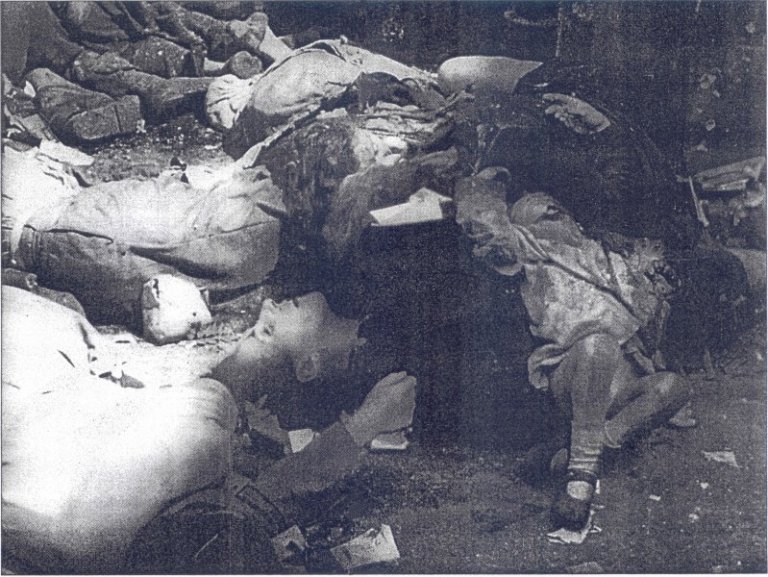
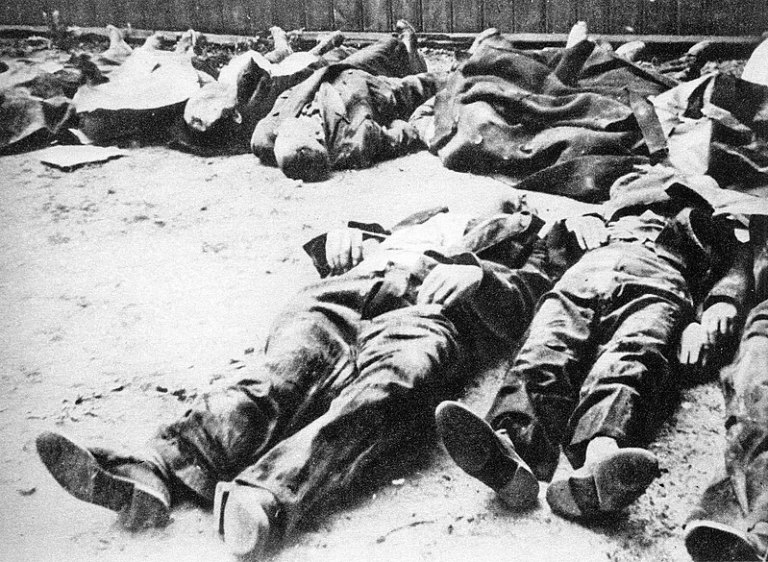
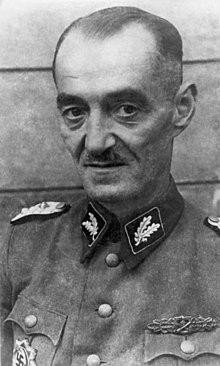
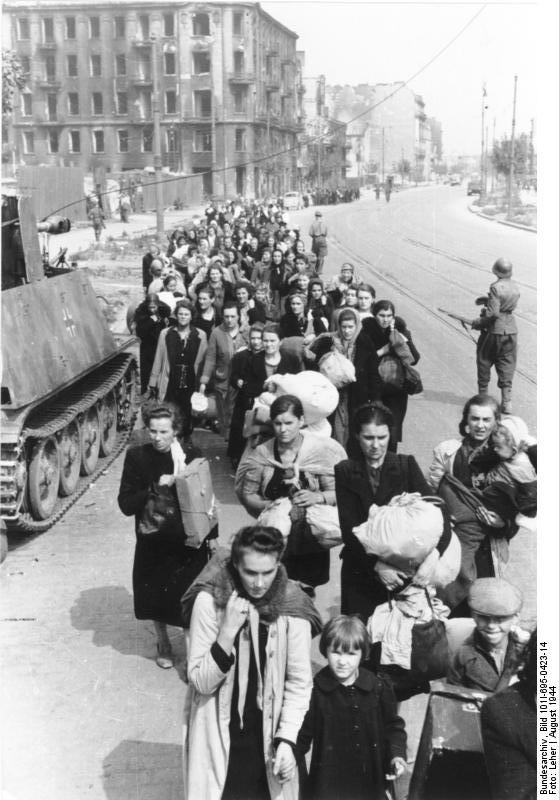
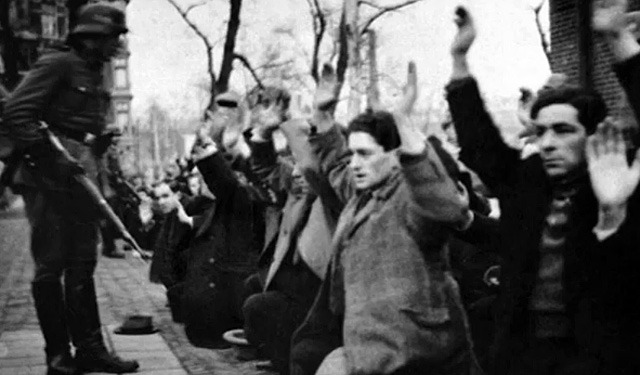
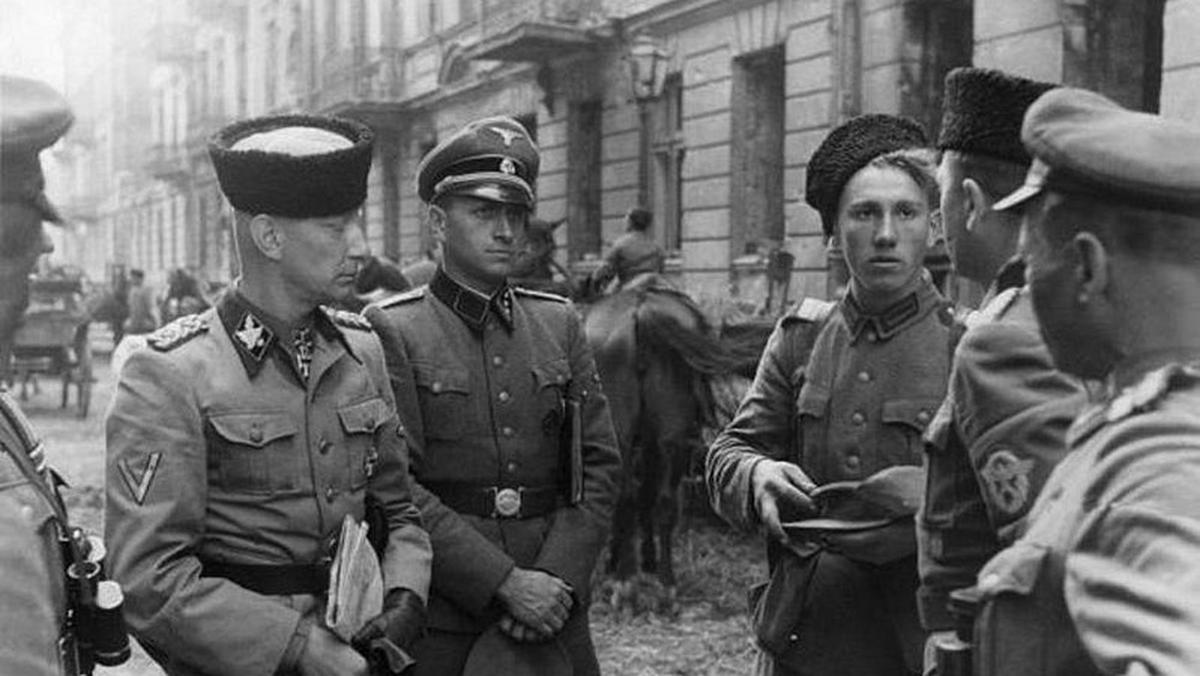
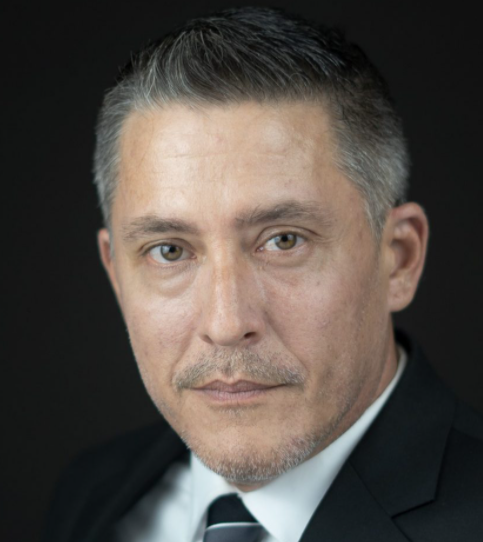

Dodaj
komentarz
By dodać komentarz musisz być zalogowany. Zaloguj się.
Nie masz jeszcze konta? Zarejestruj się.